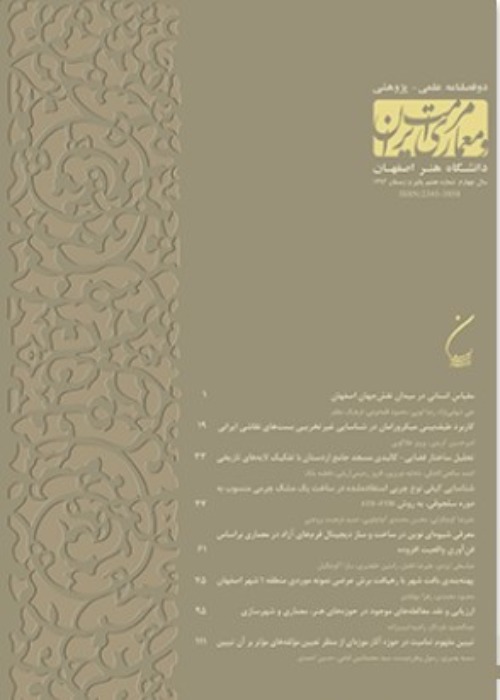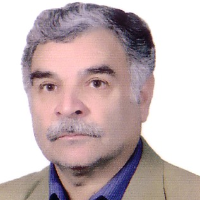A Study on the Evolution of Designing approach of the Modern Mosques in the Second Pahlavi Era by Emphasis on the Critical Regionalist Approach (Case studies: Al-Javad Mosque, Tehran University Mosque, Jondi Shapour Mosque)
The beginning of the second Pahlavi era was accompanied by the rise to power of a generation of academic and technocrat architects of the first Pahlavi period, which in the 1960s led to maximize attention to modernist architecture. Modernism was supported at the cultural level of society in a way that led to the design and construction of Modern mosques such as the al-Javad Mosque and the University of Tehran Mosque. Afterward, in the 1970s, with the institutional support of the government given the capacities of Iranian traditional and indigenous architecture, as well as the widespread criticism of the rapid modernization, the regionalist approach emerged. That was the critical approach of the stylistic features of modernism as well as the legacy of the past. The result of this regional approach was the construction of mosques including the Hazrat-e-Amir Mosque, the Tohid Mosque in Tehran, and the Jondi-Shapour (Shahid Chamran) University Mosque in Ahvaz. The question is, what are the similarities between Modern mosques over these two decades, and what are the differences between regional modern mosques of the 1970s as a reaction to the 1960s modern mosques? What factors have led to a change in the designing approach of Modern mosques? This study with the descriptive-analytical method deals with the Critical Regionalism framework to analyze and classify design approaches of modern mosques in the second Pahlavi era. The paper aims to show the dialectical changes in the design approaches between modern mosques of the 1960s and the regional modern mosques of the 1970s. At the same time, represent a reading of the regionalist tendency prevailing in the conference "The Interaction between Tradition and Technology" (1970) which was held in Isfahan, and also the criticisms expressed by intellectuals and traditionalists about these mosques during the construction period. The regional mosques of the 1970s –such as Jondi-Shapour University Mosque– unlike modern mosques of the 1960s, which can only be perceived by the Visual perspective, are the Tactile or multi-sensory works. The regional mosques are creative and new in terms of volume, like al-Javad Mosque, but in their design approach, a kind of sensitivity to the region and context and attention to the concepts of the tradition of Iranian architecture can be followed. However, in the process of designing with a critical approach, have synthesized the tradition of Iranian architecture by Modern style and technology, in which no imitation and historical return like the University of Tehran Mosque can be seen. So, the patterns used in a novel way and according to the needs of the building, the climate, and the context have been appropriating.
- حق عضویت دریافتی صرف حمایت از نشریات عضو و نگهداری، تکمیل و توسعه مگیران میشود.
- پرداخت حق اشتراک و دانلود مقالات اجازه بازنشر آن در سایر رسانههای چاپی و دیجیتال را به کاربر نمیدهد.



